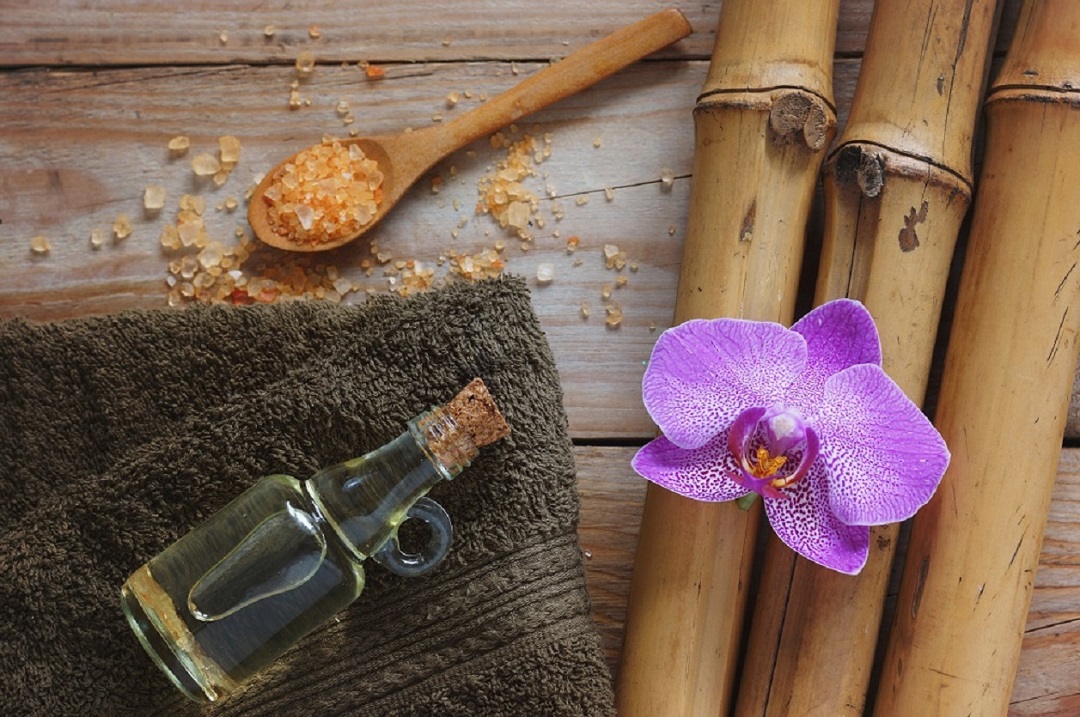Bamboo massage is a unique and rejuvenating therapeutic technique that combines the benefits of traditional massage with the use of bamboo sticks. This form of massage has gained popularity due to its ability to promote relaxation, alleviate muscle tension, and improve overall well-being. In this article, we will explore the concept of bamboo massage, its techniques, and the potential benefits it offers.

1. What is Bamboo Massage?
Bamboo massage is a unique technique that utilizes bamboo stalks of different lengths and diameters to provide deep-tissue work. This massage method draws inspiration from various cultural practices and combines elements of shiatsu, traditional Chinese medicine, Thai massage, lymphatic drainage, and ayurveda. The bamboo sticks, sometimes heated or infused with essential oils, are used by practitioners to promote circulation, enhance sensory nerve perception, and facilitate lymphatic drainage. The massage offers a profound sense of relaxation, well-being, and rejuvenation.
Bamboo holds significant cultural significance in different parts of the world. The Japanese name for bamboo is “take,” while the Chinese refer to it as “chu.” The term “cho sticks” used in bamboo massage originates from the Chinese word. Bamboo is seen as a symbol of strength, fertility, prosperity, youth, and peace in the Orient. Its holistic and resilient nature, along with its reputation for healing properties, has made it a highly sought-after ingredient in beauty treatments.
2. The Technique of Bamboo Massage

Bamboo massage practitioners use bamboo sticks, also known as cho sticks, to perform the massage. These sticks can be heated and combined with essential oils to enhance the therapeutic benefits.
During a bamboo massage session, the therapist applies oil on the client’s body to reduce friction. They then use bamboo sticks to perform a variety of massage strokes and techniques. The therapist can roll, knead, slide, and glide the bamboo sticks along the muscles, mimicking the movements of traditional hand massage. The pressure applied can be adjusted based on the client’s preferences and needs, ranging from gentle and relaxing to deep and therapeutic.
3. Benefits of Bamboo Massage
Muscle Relaxation
The bamboo sticks used in the massage help to release tension and knots in the muscles, promoting deep relaxation. The rolling and kneading motions of the bamboo sticks can alleviate muscle stiffness and improve flexibility.
Improved Circulation
The rhythmic movements of the bamboo sticks stimulate blood circulation, enhancing the delivery of oxygen and nutrients to the tissues. This increased circulation can help in the removal of toxins and waste products from the body.
Stress and Anxiety Relief
Bamboo massage provides a soothing and calming effect on the body and mind. The gentle pressure and rhythmic strokes induce a state of relaxation, reducing stress and anxiety. It can also promote better sleep patterns and improve overall well-being.
Pain and Tension Relief
The deep pressure applied during bamboo massage can target specific areas of pain and tension, providing relief from conditions such as muscle aches, joint stiffness, and chronic pain. It can be particularly beneficial for individuals with conditions like fibromyalgia and autoimmune disorders.
Increased Energy Flow
Bamboo massage is believed to stimulate the flow of energy throughout the body, similar to practices like acupuncture and acupressure. By working on specific energy points, it aims to restore balance and promote a sense of vitality.
4. Precautions and Considerations
While bamboo massage offers numerous benefits, there are certain precautions to be aware of. It is advisable to consult with a qualified massage therapist before receiving a bamboo massage, especially if you have any underlying health conditions or concerns. Additionally, pregnant women, children, and individuals with certain medical conditions such as open wounds, varicose veins, open wounds, or cardiac disorders should avoid bamboo massage.
Bamboo massage is a therapeutic technique that combines the benefits of traditional massage with the use of bamboo sticks. This unique form of massage offers relaxation, relief from muscle tension, improved circulation, and overall well-being. By incorporating bamboo sticks, the massage therapist can provide targeted pressure and release, enhancing the therapeutic effects of the treatment. If you’re looking for a revitalizing and soothing massage experience, bamboo massage could be a wonderful choice to consider.
This article is for informative reference and to describe some of the techniques and benefits of Bamboo Massage at L Spa. To learn more about all of our services that are currently available, please visit the L Spa Da Nang website.





